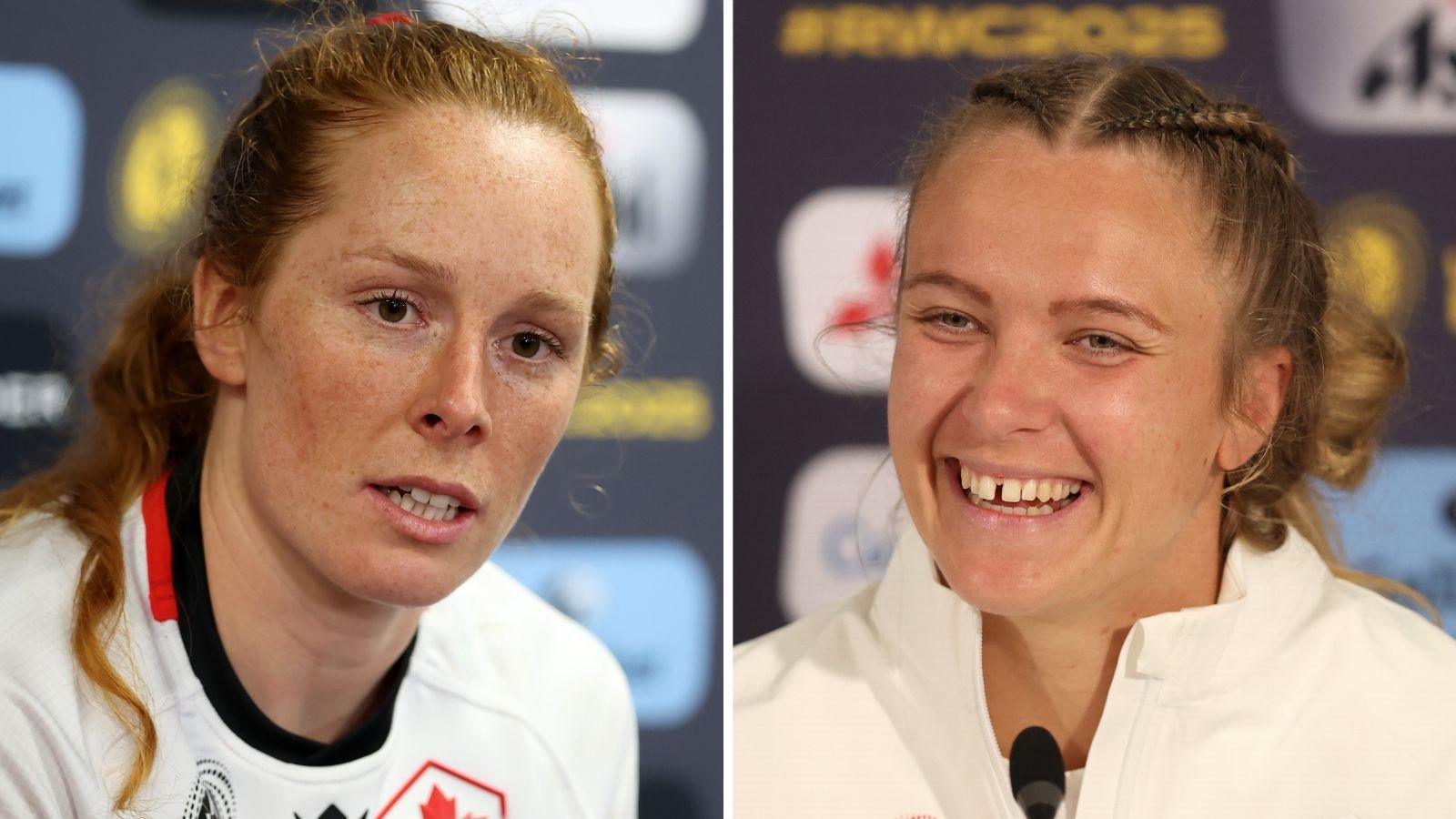Why the Women’s Rugby World Cup Final is More Than Just a Game
The Women’s Rugby World Cup Final is not merely a clash of titans. This match is a high-stakes drama unfolding in funding, strategy, and the future of women’s rugby. Imagine the roar of 82,000 fervent fans packing Twickenham’s Allianz Stadium. England, the world number one, squares off against Canada, the relentless number two. Both teams are vying for the coveted Webb Ellis Cup.
However, beneath the thunderous tackles is a deeper narrative. This Women’s Rugby World Cup Final stands as a pivotal battleground for how resources and innovation shape the sport’s future. England’s professional machine collides with Canada’s resourceful underdog spirit. Therefore, the result could redefine global priorities in women’s rugby. Will deep-pocketed professionalism cement dominance? Or can clever tactics and community drive bridge the gap?
The Funding Divide Shaping the Women’s Rugby World Cup Final
England arrives at the Women’s Rugby World Cup Final as the gold standard of investment. This is a testament to what happens when ambition meets substantial financial backing. The Rugby Football Union (RFU) has poured resources into creating a seamless high-performance machine. For example, England provides 32 full-time professional contracts. Top players earn up to nearly £50,000 a year, supplemented by performance bonuses. The perks also extend far beyond paychecks. England’s athletes train in state-of-the-art facilities. They benefit from advanced data analytics and elite coaching. The payoff is clear: since 2019, the Red Roses have racked up an astonishing 73 wins in 75 matches. This is a legacy that intimidates opponents.
Furthermore, the Premier Women’s Rugby (PWR) league bolsters this dominance. It is recognized as the world’s top domestic league for women. This league not only hones skills but also feeds a steady stream of ready-made stars into the national squad. Financially, the RFU’s dedication shines through. They invest £28.7 million in their national teams, a figure that towers over competitors.
In stark contrast, Canada steps into the Women’s Rugby World Cup Final as the ultimate embodiment of resilience. This success is achieved despite chronic funding woes. Rugby Canada’s CEO, Nathan Bombrys, stated that a full year with the national team yields players only C$12,000 (£6,420) from the federation. Their overall budget is a lean £4.5 million, which is about one-sixth of England’s national team allocation. This financial gap impacts every aspect, from youth development to top-tier training. Consequently, Canada’s team relied on a groundbreaking crowdfunding drive, Mission: Win Rugby World Cup, raising C$1 million. This story of grassroots passion highlights the uphill battle awaiting them in the Women’s Rugby World Cup Final.
Canada’s Tactical Edges in the Women’s Rugby World Cup Final
Financial disparities aside, the Women’s Rugby World Cup Final is set for an electrifying and unpredictable showdown. On the pitch, skill and strategy could level the playing field. Canada has already stunned the rugby world, crushing New Zealand in the semi-finals. Their playbook is a masterclass in dynamism. It features rapid ball recycling and sly attacking moves that dismantle defences. Explosive wing runs from speed demons like Asia Hogan-Rochester also terrorize the edges. Up front, players like Sophie de Goede excel at turnover steals.
Crucially, the rivalry with England adds extra spice. In their previous World Cup semi-final, Canada hung tough, trailing by only four points late on. Just last month in the WXV tournament, they even led by five with 15 minutes remaining. This time, they are battle-ready. Many of their players gained polish in England’s PWR league, including star player Sophie de Goede. This cross-border experience equalizes access to premier coaching and match intensity.
Canada has filled the remaining void with clever tactics. They brought in Alex Austerberry, Saracens’ women’s rugby director, as an assistant coach. Furthermore, preparation was meticulous: Canada played eight warm-up matches, twice England’s number. This is not a fluke; it’s resourceful maximization. New Zealand’s turnaround offers a blueprint: a timely funding injection helped them claim the last World Cup. Therefore, a Canadian triumph in this Women’s Rugby World Cup Final might ignite a wave of change for budget-limited unions.
The Bigger Picture for Women’s Rugby’s Evolution
Coaches and players offer clear views on the funding saga. An upset by Canada would not dismiss professionalism. Instead, it would celebrate the extraordinary commitment of a team operating without robust support. Head coach Kevin Rouet captures this ethos: “We try to be creative because when you don’t have money, you have to innovate.” He is candid about needs: “But I want more money, if that wasn’t clear!”
Rugby Canada’s equitable split of funds between men’s and women’s programs demonstrates true commitment, even on slim margins. Conversely, England’s approach yields returns beyond silverware. It builds an alluring juggernaut that fills arenas and raises the sport’s stature.
In essence, the Women’s Rugby World Cup Final on September 27 transcends the Twickenham pitch—it’s a watershed moment for women’s rugby. Will professional might triumph, or will innovative hustle advocate for broader balance? Regardless of the score, this epic encounter will reverberate globally. It will urge rugby governing bodies worldwide to invest strategically in this burgeoning golden age.
